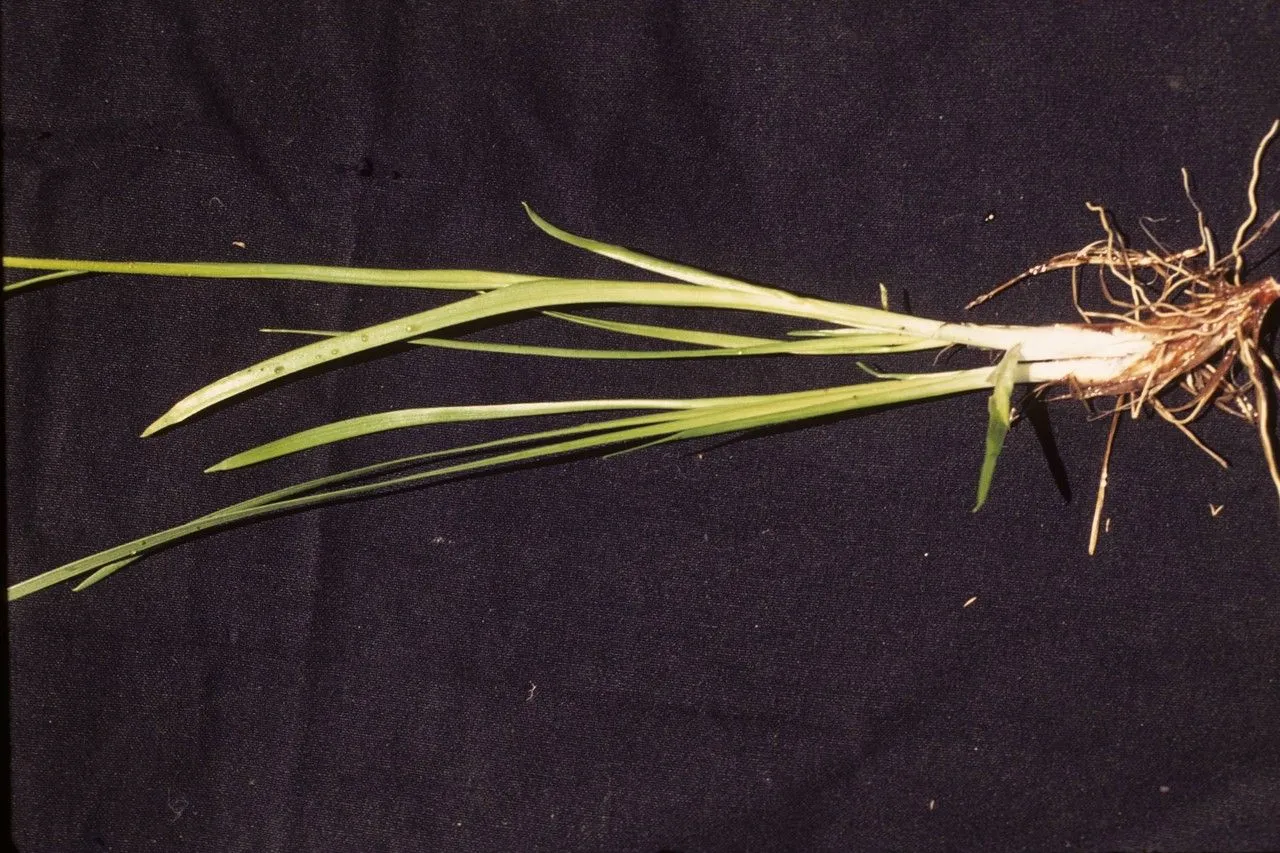
Author: Baker
Bibliography: Baker JG (1879) A Synopsis of Colchicaceae and the Aberrant Tribes of Liliaceae. Journal of the Linnean Society of London, Botany 17(103): 405-510. doi: 10.1111/j.1095-8339.1879.tb01238.x.
Year: 1879
Status: accepted
Rank: species
Genus: Triantha
Vegetable: False
Observations: Subarctic America to N. & CE. U.S.A.
Sticky tofieldia, scientifically known as Triantha glutinosa, is a fascinating plant belonging to the Tofieldiaceae family. This intriguing species holds a notable presence across regions ranging from Subarctic America to the northern and central parts of the United States. Its distribution highlights its adaptability to diverse climatic conditions.
Triantha glutinosa, commonly dubbed Sticky tofieldia, showcases a unique botanical structure that has captivated botanists and plant enthusiasts alike. It was thoroughly examined and documented by the distinguished botanist Baker JG in his seminal 1879 work, “A Synopsis of Colchicaceae and the Aberrant Tribes of Liliaceae,” published in the Journal of the Linnean Society of London, Botany. Baker’s meticulous observations provided a comprehensive overview of the plant’s characteristics and its classification, contributing significantly to our understanding of the Tofieldiaceae family.
The encapsulating feature of Sticky tofieldia, as reflected by its name, is its notable stickiness, which plays a role in its interaction with the surrounding environment. The plant’s adaptability to subarctic and temperate regions speaks volumes about its resilience and ecological niche. This plant often thrives in wetlands and moist meadows, where it can optimally leverage the nutrient-rich and damp conditions.
In addition to its ecological importance, Triantha glutinosa’s aesthetic appeal is notable, with its slender, grassy foliage and modest yet elegant flowering spikes that emerge typically in the summer months. The flowers are small, yet their collective display can be quite striking against the lush green backdrop of its natural habitat.
Sticky tofieldia serves as both a subject of academic interest and a symbol of the intricate, interconnected tapestry of plant life in subarctic and temperate ecosystems. Its study provides insights not only into its own lifecycle and adaptation mechanisms but also into the broader ecological dynamics of the regions it inhabits.
Eng: sticky tofieldia, glutinous tofieldia, glutinous triantha, sticky false asphodel, sticky bog asphodel
Fra: tofieldie glutineuse
En: Sticky tofieldia, Glutinous tofieldia, Glutinous triantha, Sticky bog asphodel, Sticky false asphodel
Fr: Tofieldie glutineuse
Taken Jul 22, 2014 by EOL − Wynn Anderson (cc-by-nc-sa)
Taken Jul 22, 2014 by EOL − Wynn Anderson (cc-by-nc-sa)
Taken Jul 22, 2014 by EOL − Wynn Anderson (cc-by-nc-sa)
Taken Jun 19, 2021 by Jason lester (cc-by-sa)
Taken Aug 15, 2022 by ray bee (cc-by-sa)
Taken Aug 17, 2013 by EOL − James Maughn (cc-by-nc)
Taken Jul 28, 2015 by EOL − Matt Rung (cc-by-nc)
Taken Jan 1, 1900 by EOL − Niehaus, T.F. (cc-by-nc-sa)
Taken Jul 22, 2014 by EOL − Wynn Anderson (cc-by-nc-sa)
Growth habit>: Forb/herb
Family: Myrtaceae Author: (F.Muell.) K.D.Hill & L.A.S.Johnson Bibliography: Telopea 6: 402 (1995) Year: 1995 Status:…
Family: Rubiaceae Author: Pierre ex A.Froehner Bibliography: Notizbl. Bot. Gart. Berlin-Dahlem 1: 237 (1897) Year:…
Family: Sapindaceae Author: Koidz. Bibliography: J. Coll. Sci. Imp. Univ. Tokyo 32(1): 38 (1911) Year:…
Family: Asteraceae Author: A.Gray Bibliography: Pacif. Railr. Rep.: 107 (1857) Year: 1857 Status: accepted Rank:…
Family: Fabaceae Author: Medik. Bibliography: Vorles. Churpfälz. Phys.-Ökon. Ges. 2: 398 (1787) Year: 1787 Status:…
Family: Aspleniaceae Author: (Cav.) Alston Bibliography: Bull. Misc. Inform. Kew 1932: 309 (1932) Year: 1932…